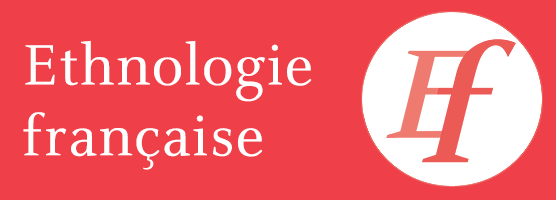History-memory of Litvak Yiddish spaces after the Holocaust. Between worlds of life and worlds of assassination
In Lithuania, the genocidal and ethnocidal violence committed by the Third Reich and their Lithuanian auxiliaries annihilated up to 95 percent of the Jewish Litvak populations and destroyed the near-totality of their material heritage. This article describes the Yiddish worlds during Nazism and the Soviet periods, and from independence in 1990 to the present day. During the Second World War and since 1944–5, victims, and later their descendants, turned themselves into actors and writers of their own history and memories, in order to both recount the facts and to keep the Yiddish worlds alive. Their history, memories, and knowledge are being institutionalized for purposes of museumification, with an effort both to remember and to meet the demand for international memorial tourism. This article underlines the memorial tensions, affected by the difficulty in talking about the crimes of Lithuanian auxiliaries, by the theory of the “double genocide,” by persistent anti-Semitism, and by an expressed interest in Yiddish culture of the past.
Keywords
- ethnocide
- Holocaust
- Shoah
- Yiddish culture
- museumification
- Lithuania
